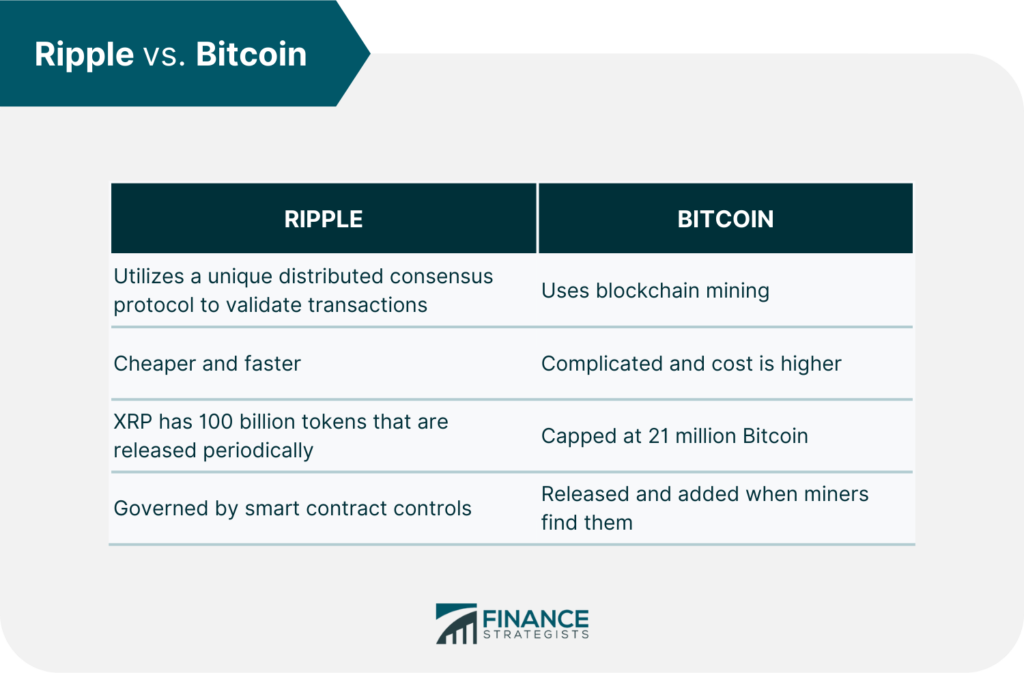Ripple (XRP): An Overview
Introduction
Ripple is both a technology platform and a digital currency designed to facilitate fast, low-cost international money transfers. Established in 2012 by Chris Larsen and Jed McCaleb, Ripple aims to improve the global financial infrastructure by making transactions more efficient and accessible.
What is Ripple?

Ripple is primarily known for its digital payment protocol and network, which enables secure and instant money transfers across borders. Unlike traditional financial systems that rely on banks and intermediaries, Ripple uses blockchain technology to allow direct transactions between parties.
Key Components of Ripple
- RippleNet: This is the network that enables banks, financial institutions, and payment providers to connect and conduct transactions seamlessly. RippleNet allows for real-time settlement and provides transparency throughout the transaction process.
- XRP: This is the native cryptocurrency of the Ripple network. It acts as a bridge currency that facilitates the transfer of value between different fiat currencies. XRP aims to eliminate the need for pre-funding in international transactions, thereby reducing the cost and time involved.
- XRP Ledger: An open-source blockchain that serves as the foundation for the Ripple payment protocol. The XRP Ledger is known for its fast transaction speeds and scalability, capable of processing thousands of transactions per second.
How Ripple Works
Ripple’s process for international transactions is significantly different from traditional banking systems:
- Transaction Initiation: A user initiates a transaction through their financial institution using RippleNet.
- Payment Processing: The transaction is verified and processed on the XRP Ledger. The system ensures that all parties involved have the necessary funds.
- Settlement: Once verified, the transaction is settled in real-time, with XRP being used as the bridge currency if needed.
- Completion: The recipient receives the funds in their local currency almost instantly, significantly reducing the time it takes compared to conventional methods.
Advantages of Ripple
- Speed: Ripple transactions are settled in seconds, whereas traditional systems may take days to process.
- Cost: The fees for transactions using Ripple are minimal compared to traditional bank fees and wire transfers.
- Scalability: Ripple’s network can handle a high volume of transactions, making it suitable for banks and large financial institutions.
- Transparency: The use of blockchain technology ensures that all transactions are recorded and accessible, providing transparency to users.
Use Cases of Ripple
- Banking Sector: Many banks are exploring or already using RippleNet to enhance their cross-border payment services.
- Remittances: Ripple offers solutions for remittance companies to provide faster and cheaper services to customers sending money abroad.
- Corporate Payments: Businesses can utilize Ripple to streamline their international transactions and manage currency conversion efficiently.
Challenges and Controversies
Despite its advantages, Ripple has faced several challenges, including:
- Regulatory Scrutiny: Ripple Labs, the company behind XRP, has been involved in legal battles with regulatory bodies like the U.S. Securities and Exchange Commission (SEC) regarding the classification of XRP as a security.
- Market Volatility: As with many cryptocurrencies, the value of XRP can be highly volatile, which may pose risks for investors and institutions.
Conclusion
Ripple (XRP) is a groundbreaking technology that has the potential to transform the way money is transferred globally. By providing a fast, cost-effective, and scalable solution, Ripple aims to bridge the gap between traditional finance and the emerging cryptocurrency ecosystem. As the landscape of digital currencies evolves, Ripple’s role in the financial sector will likely continue to grow, offering new opportunities for businesses and consumers alike.

Leave a Reply